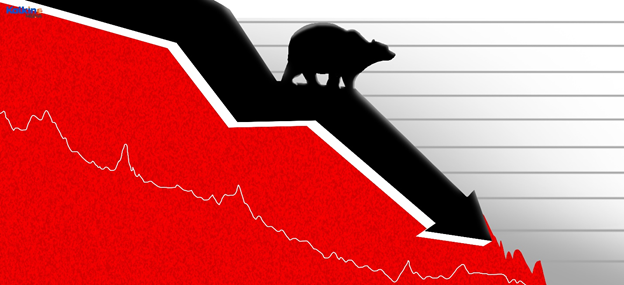What are Gann Fans?
The Gann fans refer to a gauge of technical analysis created by W. D. Gann based on the premise that the prices in market move in predictable patterns and nature of market is geometric and cyclical. A Gann fan is made up with a series of lines, which is known as Gann angles. These Gann angles are placed on a price chart to represent possible support and resistance levels, and the result may help technical analysts to forecast price changes.
Summary
- The Gann fans refer to a gauge of technical analysis created by W. D. Gann based on the premise that the prices in market move in predictable patterns and nature of market is geometric and cyclical.
- Technical analysts and traders used different number of lines over and under the 1:1 line or 45-degree line in a Gann fan chart.
- Gann fans are drafted by a central 45-degree angle line which enlarged from a described trend reversal level.
Source: Copyright © 2021 Kalkine Media
Understanding Gann Fans
The Gann fan tool is made up with nine diagonal lines created to present different areas of support and resistance on a chart. These angles are drawn from main tops and main bottoms and these angels are used to perform the function of dividing the time and price proportionately. Traders and technical analysts use the result of these angles after placing on a chart to forecast support and resistance areas, price movements in future, and principal tops and bottoms. In order to ensure the square market relationship, the proper scaling of the chart plays a very important role. W. D. Gann developed the Gann Fans based on the price and time movements with the aim of forecasting price changes through analyzing support and resistance areas. The theory of Gann’s is depended on the price and time movements with one time unit by the one price unit being the 45-degrees angle. Other than 1 x 1, there are other various angles including 1 x 2, 2 x 1, 1 x 4, 4 x 1 and so on and 45-degrees is considered as the main angle. The Gann Fans are used to present different trend lines of support and resistance and drawn by main tops and main bottoms.

Source: Copyright © 2021 Kalkine Media
Frequently Asked Questions (FAQs)
What does Gann Fans Works?
Generally, Gann fans are drafted by a central 45-degree angle line which enlarged from a described trend reversal level. The traders and technical analysts supposed to draw a Gann fan with a reversal point in order to know the support and resistance levels expanded into the upcoming period (future). The angle lines are drafted over and under a 45-degree central line in order to help in determining the trend strength and direction. The 45-degree angle line is considered as a main angle line and called as the 1:1 line because when the price is move up or down with one unit of price for every unit of time, and all other angle lines in the Gann fan are drafted over and under the 1:1 line or 45-degree line.
Technical analysts and traders used different number of lines over and under the 1:1 line or 45-degree line in a Gann fan chart. The other angles also include other related angles such as 1:3, 2:1, 8:1, 4:1, 1:8, 1:2, 1:4, 3:1, time-to-price moves. The 1:1 or 45-degree angle is the key indicator. Though, technical analysts and chartists can add more lines at their discretion. In both of the cases up and down trend, the 1:1 line helps technical analysts and traders to detect a reversal. In the case of downtrend, the price that sticks down the 45-degree line (1:1) is considered bearish.
On the other side, the price that sticks over the 45-degree line (1:1) is considered bullish. Therefore, the 45-degree line (1:1) is considered as a resistance and support line. Additional lines which are drawn by the chartists and technical analysts in a Gann fan diagram are also used as resistance and support lines.
According to the W. D. Gann theory, when the price passes through one angle, it will head towards next angle. For instance, if the price falls down under the 1:1 line (45-degree angle), it would fall to 2:1 or the 26.25-degree angle. A price that falls below 45-degree angle doesn't indicate that the whole uptrend is over because there are chances the price will get support at 2:1 line and may keep increasing. That is the reason the fall under 45-degree angle (1:1) may indicate a short-term weakness when the price falls to the 2:1 line.
How to calculate Gann Fans?
The calculation of Gann fans is not based on any formula as it is determine by the slopes and angles placed on a chart. Gann fans don't need any equation despite they need an understanding of angles and slope degrees. It is determined by drawing the lines drawn from the bottom left to the top right of the square on the graph chart that represents the ups and downs. The degree of a slope of a line will be 45 (1:1).
The Gann fan consists of various angles depends on price-to-time movements with the different ratios such as 1:8, 1:4, 1:3, 1:2, 1:1, 2:1, 3:1, 4:1, and 8:1. The 1:1 or 45-degree angle is considered as the principal indicator. Technical analysts and chartists can also add more lines as per their choices at their discretion. In both of the cases up and down trend, the 1:1 line helps technical analysts and traders to detect a reversal.
 Please wait processing your request...
Please wait processing your request...